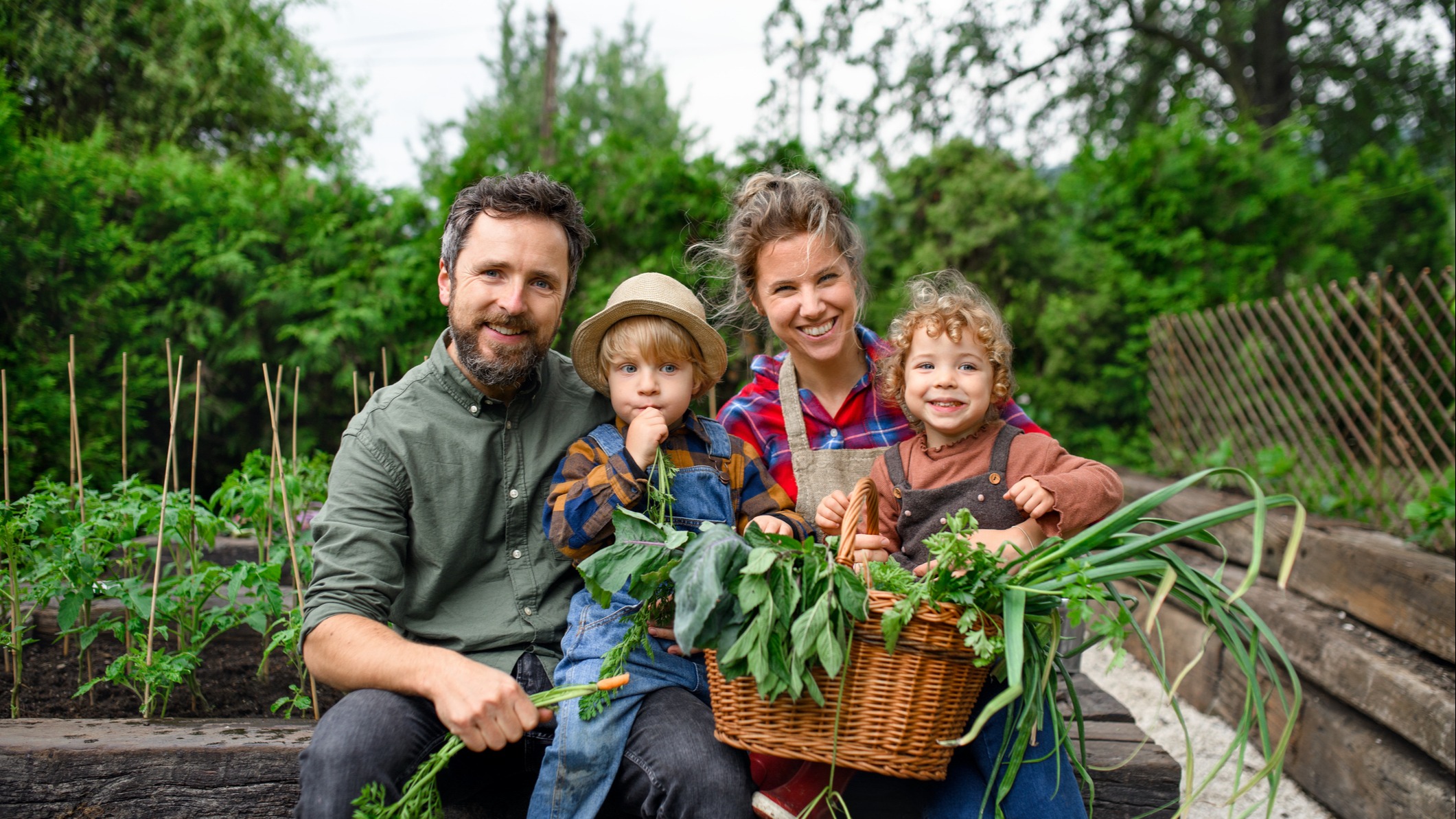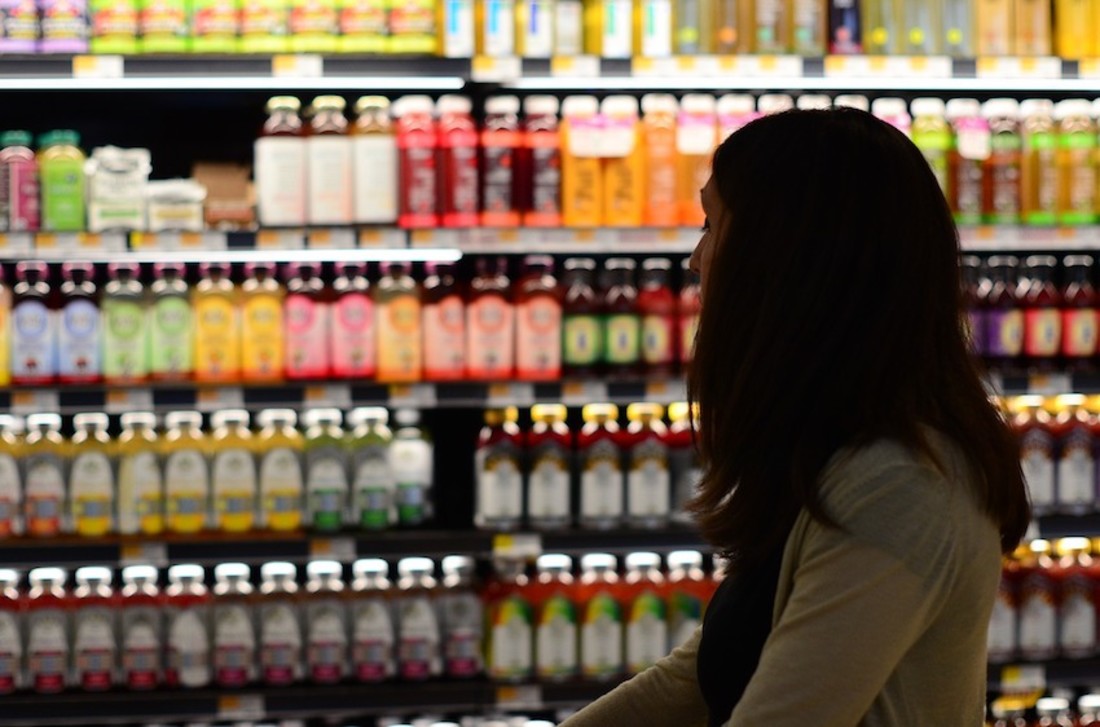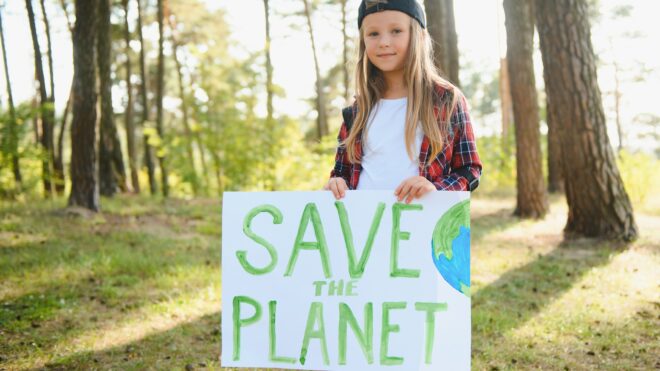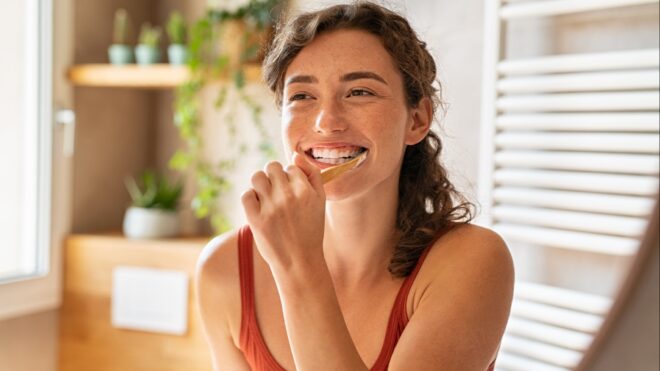
Most of us have heard those surprising statistics about microplastics and what we're likely inhaling each day due to the sheer amount of plastic mankind has created over the past several decades. It’s alarming, but maybe it gave us all something to really think about and hopefully strive toward when it comes to implementing a plastic-free lifestyle.
Since the world is still producing approximately 440 million tons of plastic waste a year, it only makes sense that if we focus on not using it and even refusing it at every turn, we can start to make a positive impact.
Even if you're a recycler or have made small changes over the years to cut down on single-use plastic, there are lots of ways your family can drastically cut things down even further. And when you have small (or big) children and they start to watch you and incorporate these changes into their daily lives, they’re more likely to grow up and keep these habits themselves.
Without further ado, let’s dig into a helpful guide on going as plastic-free as humanly possible as a family.
Keep track of what goes in your garbage and recycling bins for at least a week.
You know that old adage about the first big step is actually admitting you have a problem? That same thing works when you’re looking to go as plastic-free as possible with the family: you first need to be sure what’s going in your garbage cans each week and what single-use plastic is making its way into your recycling bins.
Grove explains that by doing a “waste audit” and literally tracking and making a list of what things, particularly plastic items, are going in your garbage cans and recycling bin, you can start to physically see the impact and where things need to shift and switch. Taking this kind of inventory can be done by the entire family — make sure the kids are counting the trash in their bedrooms and bathrooms — and can set you all up for having an authentic and realistic view of your daily waste and recycling habits.
Check your plastic-related use of beauty, skin care, and daily toiletry products and swap those out.
As much fun as it can be to try out different hair masks and body washes, most of those items tend to come in single-use plastic bottles and containers that are contributing to the millions of tons of plastics that are ending up everywhere from landfills to the oceans.
SaveTheStudent.org suggests that when you’re shopping for shampoo or conditioner, instead of going for your usual plastic bottle option, you might make a switch to a shampoo and conditioner bar instead.
Also, there are many cool options available in terms of refill pouches where instead of purchasing another plastic bottle of hand soap or body wash, you can purchase an eco-friendly refill pouch. Most beauty and toiletry brands are aware of the plastic crisis we’re in right now, so if you make a little effort and find some of those low-plastic options, you can likely still find all of the items that you need while staying as plastic-free as possible.
When shopping for groceries and ordering takeout, refuse single-use plastic at every opportunity.

Even though it’s super fun to skip out on all of the time, energy, and dirty dishes when you treat the family to takeout, it can be big a source of single-use plastics. Even though a lot of restaurants and takeout spots have made the switch over to bamboo cutlery and cardboard containers, there are still a lot of places out there putting customer meals in plastic.
CBC suggests making an effort and calling ahead to make sure you can bring your own reusable containers from home. Also, when you’re picking up your morning coffee, you could always start to make it at home or even bring your own reusable cup.
When you’re at the grocery store doing your weekly shopping, be sure to bring your own reusable mesh produce bags to put all of your fruits and vegetables in. Or you could head to a farmers market where they tend to have loads and loads of fresh produce ripe for the picking from tables and stalls that are usually mostly plastic-free.
For the items you can’t refuse, be sure to reuse that plastic at home.
No one is perfect on their journey to be as plastic-free as humanly possible. Even though you might be making strides and trying your hardest as a family, plastic is such a staple in everyday life that it’s bound to pop up from time to time.
Good Living notes that for the times when we have no other choice but to accept or use plastic, we must make an effort to reuse it. If a takeout order happens to give you items in a plastic bag and containers, use the bag in your bathroom to collect trash and be sure to bring your lunch to work in the leftover plastic container. Of course, the best answer is as little plastic as possible, but when you have no choice, be sure to reuse those items so that plastic doesn’t end up going straight into the landfill.
For those who have periods, consider trying a menstrual cup.
Periods. Periods are certainly rough enough for most who experience them, but when you step back for a moment and think about the alarming amount of plastic you use in between tampons and pads while menstruating, it can truly send a shudder down your spine.
More from LittleThings: 8 Easy Swaps & Switches That Will Help Lessen Your Carbon Footprint
TheEverygirl.com suggests going as plastic-free as possible during your menstruation cycle each month by trying out reusable options like the Lena Menstrual Cup which allows for 12 hours of collection for a light to heavy menstrual flow. They may take a little getting used to, but once you get in the groove of using a menstrual cup, you’ll probably wonder why you didn’t try it sooner and stopped throwing away all that cash on pads and tampons every single month.
Cut down on online shopping.
As convenient and fun as online shopping can be, ScienceDirect.com notes that “online shopping generates 4.8 times more packaging waste than offline shopping” and “could produce an additional 10% of total waste over the next decade.” Those are certainly some figures to pay attention to, especially when you’re trying to go plastic-free.
Even though it may seem like the easiest option to head to Amazon or your other favorite website and start adding items to your cart to deliver right to your door, think about all of that extra plastic you’re contributing to the world with each purchase.
From clothing to toiletries to food items, they all seem to be wrapped up or put in some kind of plastic. Every time you physically go to the store to get the items that you need instead of placing an online order, you’re significantly cutting down on unnecessary plastic and that’s a very good thing for the environment.







